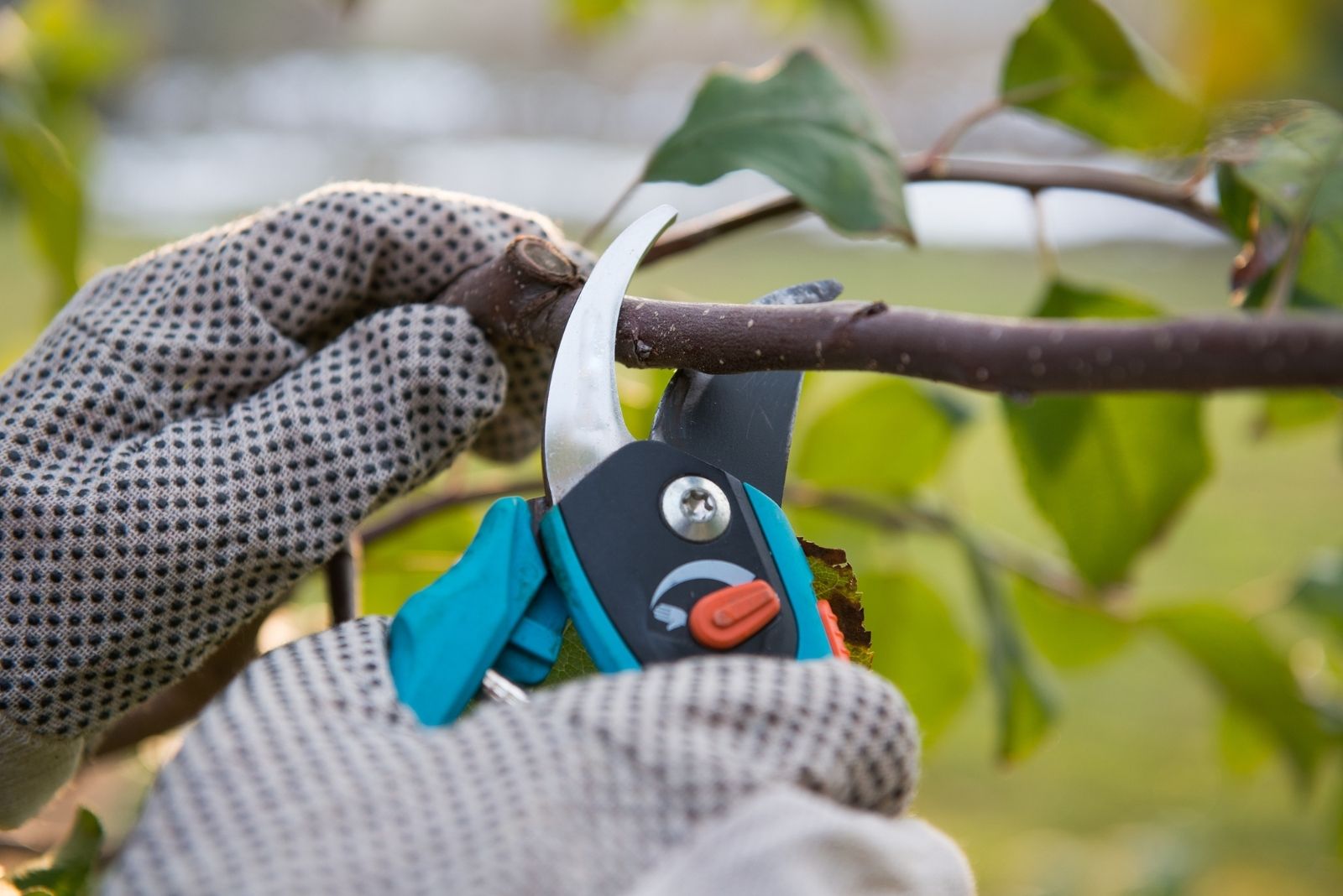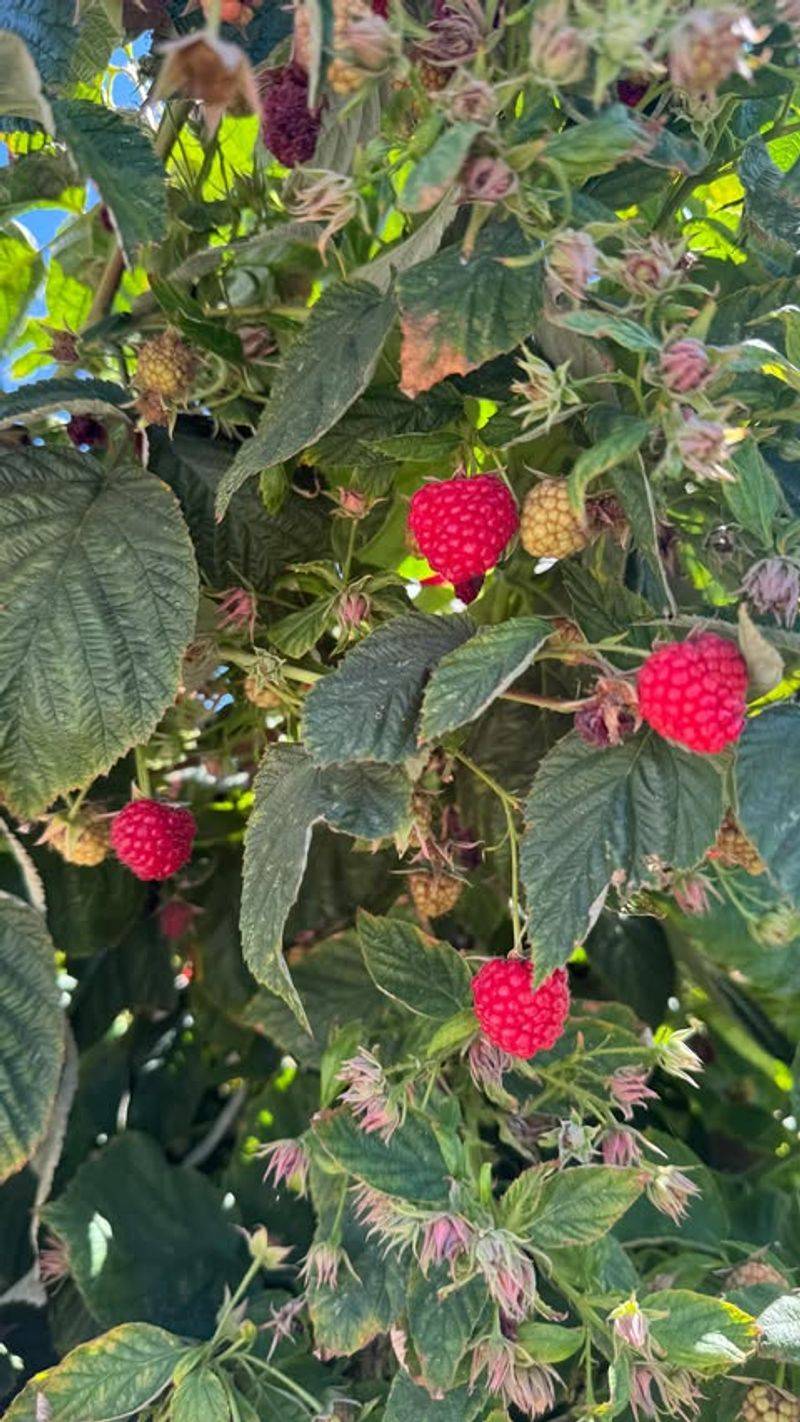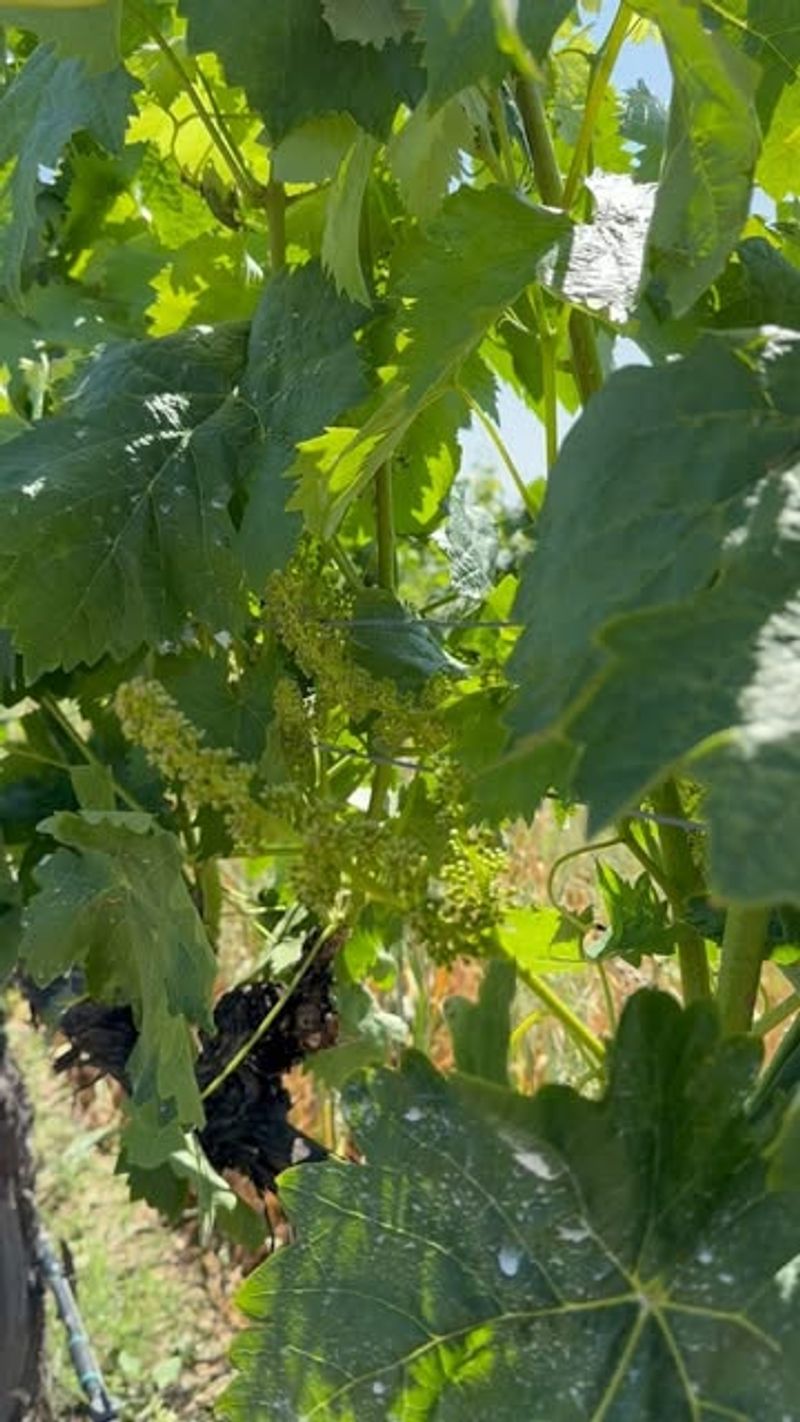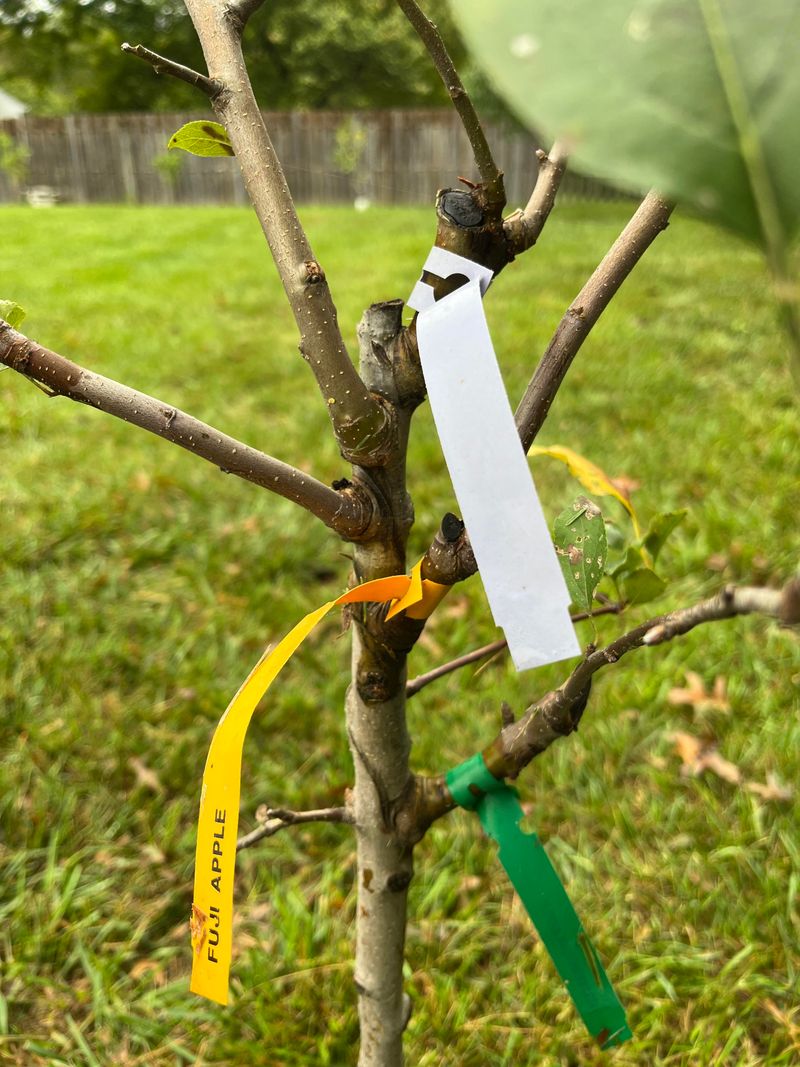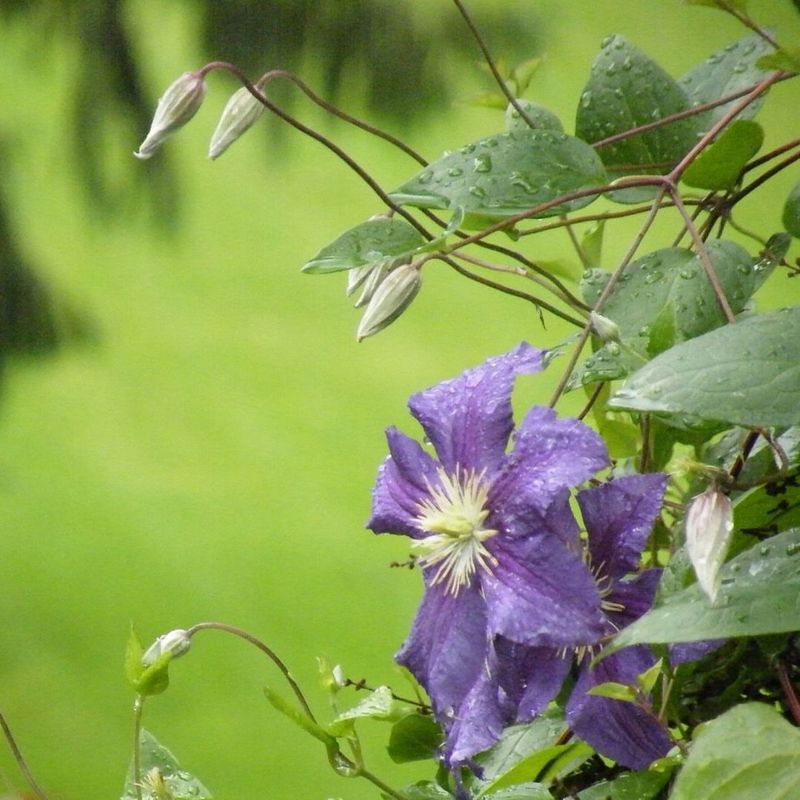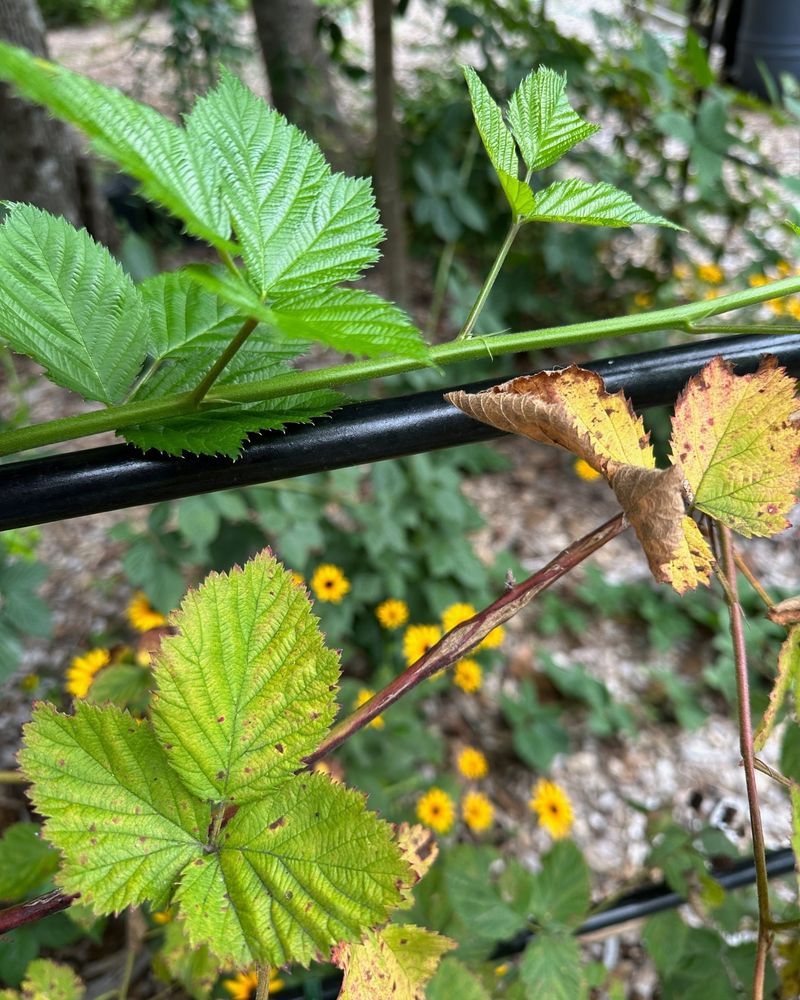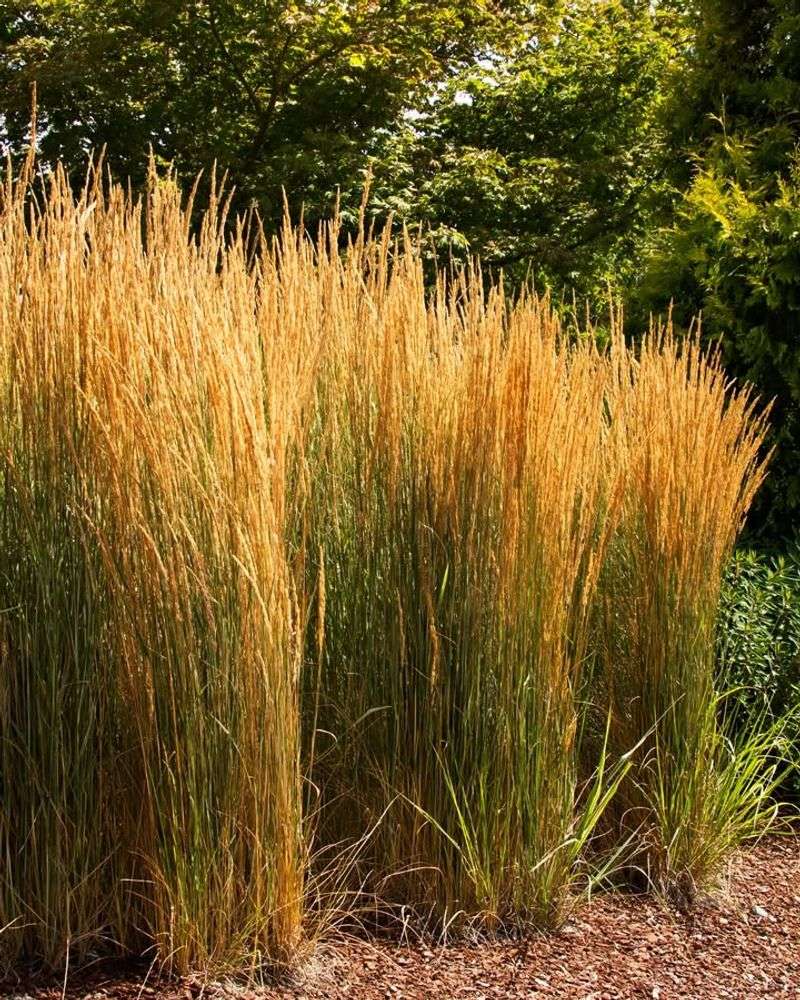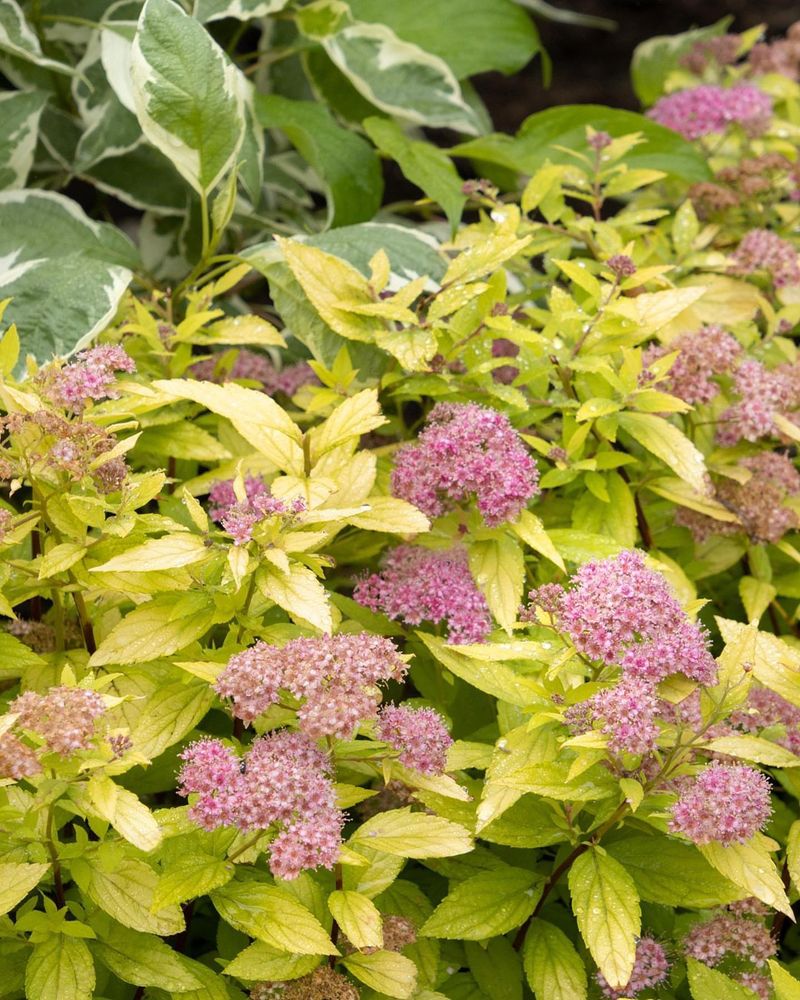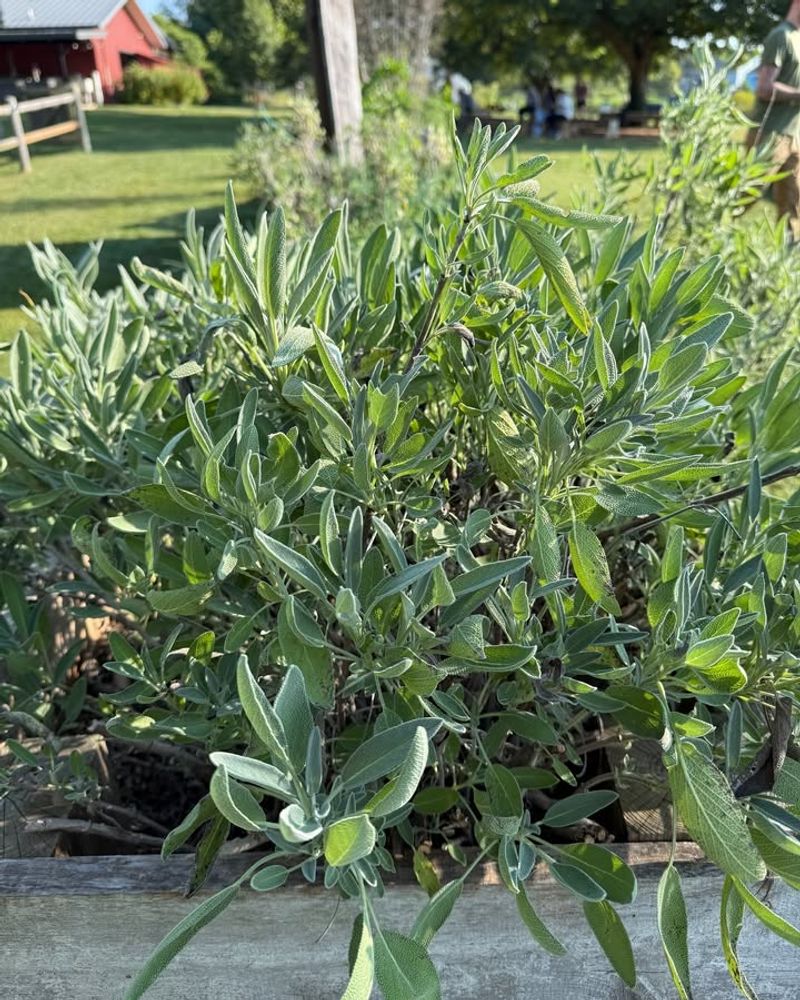November is the ideal time for Minnesota gardeners to get their landscapes winter-ready. As the cold sets in, a little prep now can lead to a healthier, more vibrant garden come spring.
Pruning certain plants before the deep freeze helps them survive harsh temperatures and bounce back stronger. It’s a simple step that sets the stage for lush growth when the snow melts.
I’ve found that knowing which plants benefit from late-fall trimming makes all the difference. With the right cuts, your garden can thrive year after year—no matter how tough the winter gets.
1. Climbing Roses
Winter damage can devastate unpruned climbing roses, making November the ideal month to protect these beautiful bloomers.
Remove dead or diseased canes first, then trim back long shoots to prevent wind damage during Minnesota’s fierce winter storms. Cutting at a 45-degree angle just above outward-facing buds encourages proper spring growth.
Apply mulch around the base after pruning to insulate roots from temperature swings that can harm your roses throughout the coldest months ahead.
2. Raspberry Bushes
After producing their final harvest, raspberry canes need serious attention before winter arrives. Cut all fruiting canes down to ground level since they won’t produce berries again and only take up valuable space and nutrients.
Leave the green, first-year canes standing tall because these will bear next summer’s delicious fruit.
Removing old growth prevents disease spread and allows air circulation, keeping your berry patch healthy and productive for many seasons to come.
3. Butterfly Bush
Did you know butterfly bushes can handle aggressive pruning without missing a beat? November offers the perfect opportunity to cut these shrubs back to about 12 inches from the ground, which might seem extreme but actually benefits the plant tremendously.
Harsh pruning prevents winter damage to tender branches and promotes vigorous spring growth with more flowers.
Your pollinators will thank you next summer when fresh blooms attract butterflies and hummingbirds to your Minnesota garden.
4. Grapevines
Grapevines grow wild and unruly without proper November trimming, producing fewer fruits and tangled messes.
Remove about 90 percent of last season’s growth, keeping only strong main canes and a few buds on each lateral branch. This dramatic reduction might feel wrong, but grapevines actually thrive on heavy pruning during dormancy.
Proper cuts now mean sweeter grapes and easier maintenance when growing season returns to your Minnesota yard next spring.
5. Hydrangeas
Not all hydrangeas appreciate November pruning, so knowing your variety matters tremendously here. Smooth hydrangeas and panicle types benefit from fall trimming, while bigleaf varieties should wait until spring to avoid losing next year’s blooms.
Remove dead flower heads and weak stems on appropriate varieties, cutting back to healthy buds.
Minnesota’s freezing temperatures can damage unpruned branches, so protecting the right hydrangeas now ensures spectacular summer displays.
6. Fruit Trees
Once leaves drop and trees enter dormancy, fruit trees signal they’re ready for maintenance pruning. Focus on removing crossing branches, water sprouts, and diseased wood to improve air circulation and tree structure throughout the canopy.
Avoid heavy pruning now since severe cuts can make trees vulnerable to winter injury.
Save major shaping for late winter, but November works wonderfully for cleanup work that keeps your Minnesota fruit trees healthy and productive.
7. Clematis Vines
With a heart for dramatic comebacks, clematis vines respond beautifully to November pruning depending on their blooming group. Group 3 varieties that flower on new growth should be cut back hard to about 12 inches above ground level.
This aggressive approach might seem harsh, but it prevents winter damage and encourages explosive spring growth.
Check your clematis type before cutting to avoid accidentally removing next season’s flower buds on earlier-blooming varieties.
8. Blackberry Canes
Similar to their raspberry cousins, blackberry canes demand attention after fruiting season ends. Cut all canes that produced berries this year completely to the ground since they’ve finished their life cycle and won’t fruit again.
Keep new primocanes that emerged this summer because these will bear next year’s delicious harvest.
Removing spent canes reduces disease risk and prevents your berry patch from becoming an impenetrable thorny jungle during Minnesota’s long winter months.
9. Ornamental Grasses
Ornamental grasses add winter interest with their golden plumes, but many Minnesota gardeners prefer November pruning for easier spring cleanup.
Cut grasses back to about 4-6 inches from the ground using sharp shears or hedge trimmers for clean cuts. Bundle and tie tall grasses before cutting to make disposal simpler and prevent scattered seed heads across your lawn.
Fresh growth emerges more vigorously in spring when old foliage doesn’t block sunlight and moisture.
10. Spirea Shrubs
After their spectacular spring or summer flower show, spirea shrubs benefit from thoughtful November trimming. Remove about one-third of the oldest stems at ground level to encourage fresh, vigorous growth and maintain an attractive shape throughout the seasons.
Trim back any dead or damaged branches, and shape the shrub lightly if needed.
Spirea tolerates pruning well, and November work helps these hardy Minnesota favorites stay compact, healthy, and ready to bloom beautifully next year.
11. Perennial Herbs
Before Minnesota’s deep freeze arrives, woody perennial herbs like oregano, thyme, and sage appreciate a gentle November trim.
Cut back stems by about one-third, removing any dead or damaged growth while leaving enough foliage to protect the crown. Avoid cutting into woody stems on plants like lavender, which can struggle to recover from severe pruning.
Light trimming prevents winter damage from heavy snow and ice while keeping your herb garden tidy and ready for spring’s fresh growth.

